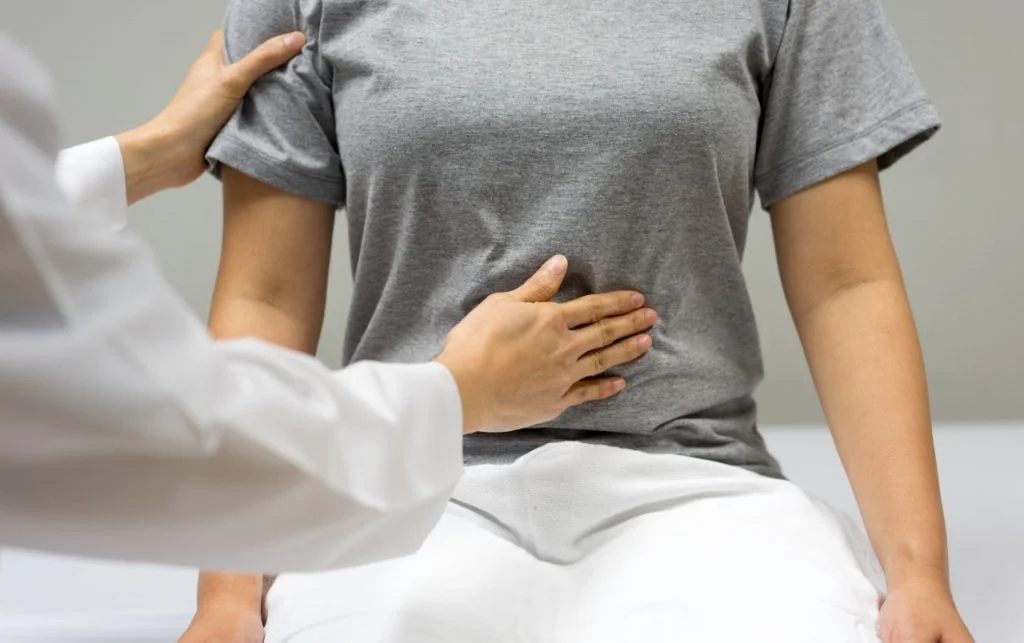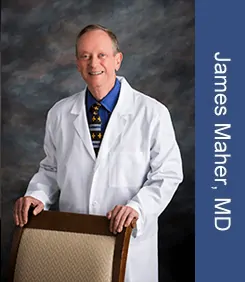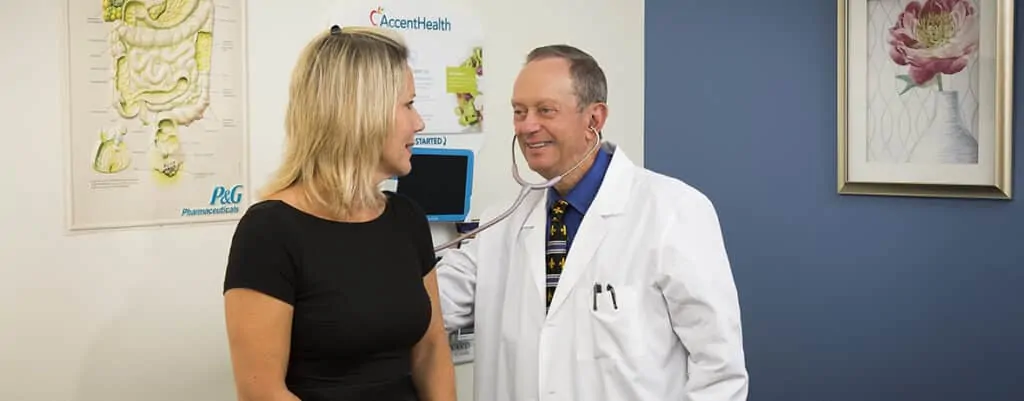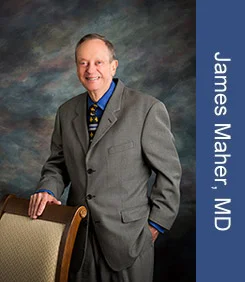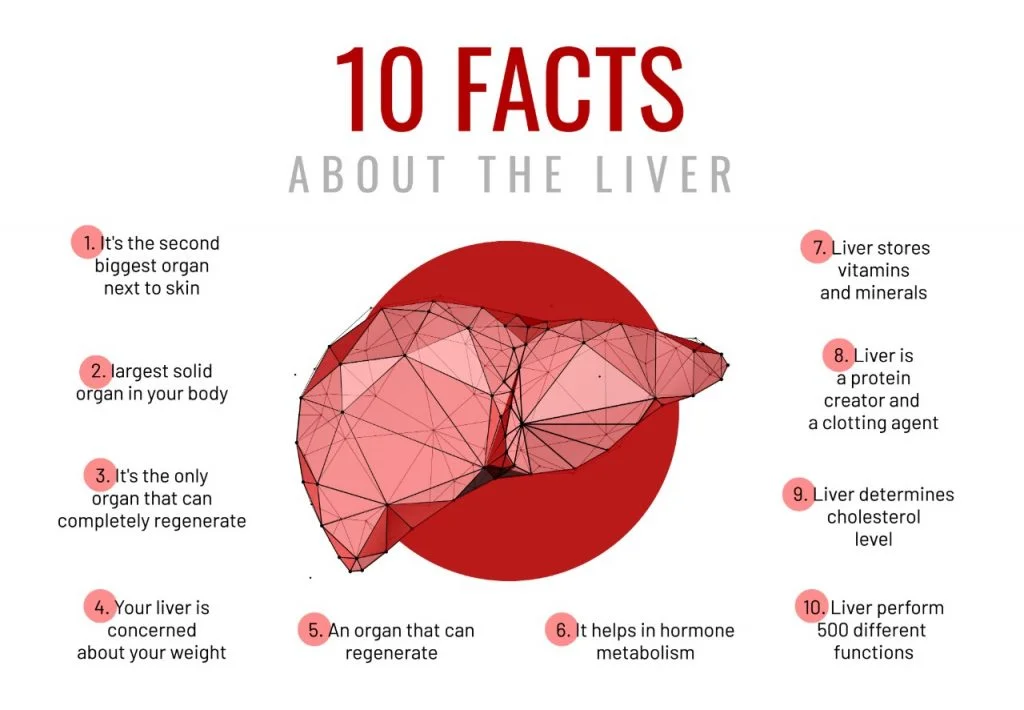With the national obesity epidemic, bariatric surgery is commonly performed. Patients who have undergone bariatric surgery require lifelong vitamin and mineral supplementation. Consultation with a GI specialist regarding malabsorption of vitamins and minerals will prevent the development of these complications.
After Roux-en-Y gastric bypass (RYGB), a long portion of the proximal small bowel is bypassed. This portion of the small bowel is critical in absorbing iron, multiple vitamins, and essential minerals. Calcium, magnesium, iron, zinc, folic acid, and copper are absorbed in this portion of the small bowel. Without supplementation, vitamin and mineral deficiencies will occur. Many patients are told to take one or two multivitamins a day.
Most of these supplements do not contain enough iron nor calcium, such as selenium, zinc chromium, and copper. Nutritional supplements need to be tailored to the individual patient’s nutritional requirements. A GI MD can monitor this.
After sleeve gastrectomy, the recommendations for multivitamin and mineral supplementations are generally the same. After either type of gastric surgery, a nutritional assessment is recommended every six months for the first year. Laboratory testing will be needed annually after that. A GI specialist can manage this assessment.
Below is a summary of the recommended vitamin and mineral supplements following surgery. Also listed are the disease complications associated with the specific deficiency.
Vitamins and Minerals
It is crucial that, after weight loss surgery, you ensure you’re getting the necessary vitamins and minerals. Nutritional deficiencies will most likely occur as you are eating less. This means you may not be getting the necessary vitamins and minerals from your food intake. You should have your labs checked regularly.
Below you will find the recommended supplements for patients of weight loss surgery. However, make sure you always consult your doctor as your individual needs may differ.
Multivitamin
Take a high-potency, chewable multivitamin and mineral supplement containing a minimum of 18 mg of iron, 400 mcg of folic acid. Selenium, copper, and zinc daily. Brands that contain this formula include Centrum adult chewable multivitamins. Take two tablets daily until at least three months after your surgery, and then one tablet daily for life.
Calcium
Take 1,200 to 2,000 mg daily to prevent calcium deficiency and bone disease. To enhance absorption, take the calcium supplement as two to three divided doses throughout the day. For example, take 500 to 600 mg tablets three times a day. Calcium citrate is the preferred form of calcium.
Vitamin D
Take 800 to 3,000 international units (IUs) of vitamin D daily. This total amount should be taken as 400 to 500 international units (IUs) twice a day with your calcium supplement. If you prefer, you can take a combination of calcium-vitamin D supplement as long as it contains the proper dosages to avoid taking multiple pills.
Vitamin B12
Take 500 mcg of vitamin B daily. This can be taken as a tablet or a liquid under the tongue. Remember, whole pills must be crushed. You may need additional folic acid or iron supplements, particularly if you are a female and still menstruating.
You should never take non-steroidal anti-inflammatory drugs (NSAIDs) such as aspirin, ibuprofen, Advil, Motrin, Aleve, Vioxx, Naprosyn, or Celebrex. This is because these medications increase the risk of developing ulcers.
Ulcers become increasingly difficult to diagnose and treat following bariatric surgery. Always consult with your doctor or pharmacist before starting a new medication.
Trouble with constipation is common among patients of bariatric surgery. Should this present a problem, there are a few things that might help; Benefiber being one of those things. Two teaspoons of Benefiber powder can be mixed into hot or cold drinks. You can also take Benefiber in the form of a caplet or chewable pill. Metamucil could also help.
